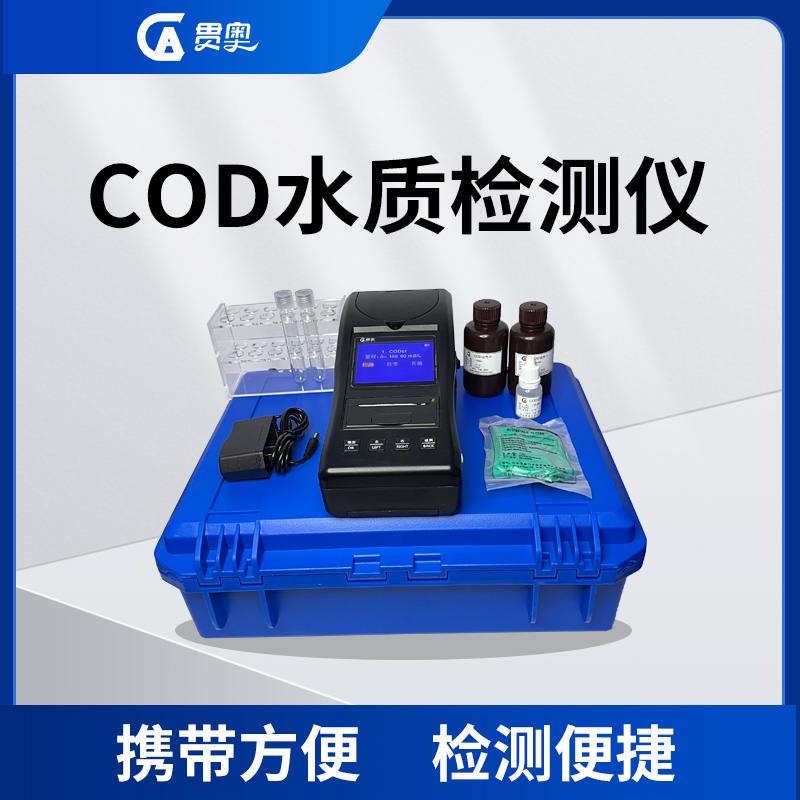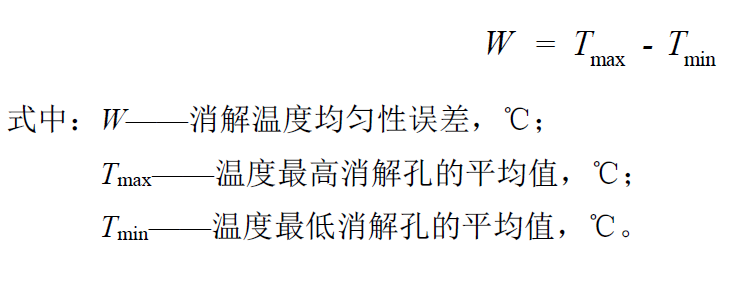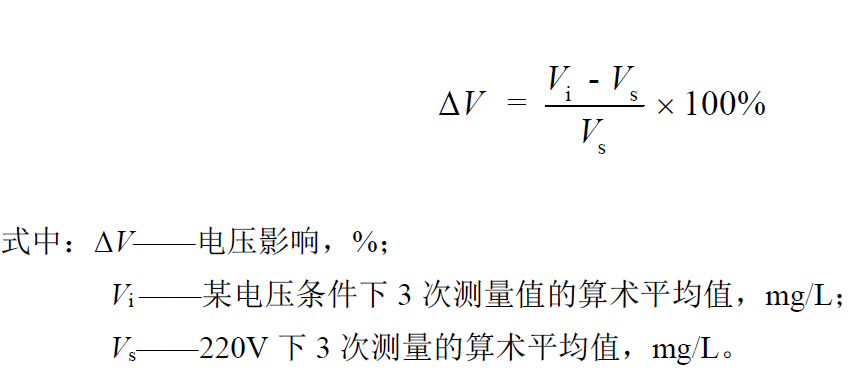COD is one of the commonly used indicators in water quality testing. By detecting the COD parameters in the water body, the content of organic reducing substances can be known. So as to determine whether the water body is contaminated by organic matter.
There are many methods for judging the value of COD in water, but at present, spectrophotometry is one of the most widely used methods for rapid detection of COD. However, in order to ensure the accuracy of the detection parameters, in addition to strictly following the relevant requirements during use and operation, it is also necessary to understand and master the performance of the instrument. Generally, the performance of the instrument has the following requirements: digestion time, temperature indication error and uniformity, absorbance stability, measurement repeatability and error, voltage stability, insulation resistance, etc. Some people may think that these are too professional. In fact, the performance parameters mentioned above can be learned from the instrument manufacturer, and can be determined through relevant experiments. Today, let's learn about these performance experimental methods of COD water quality detector.

Experimental method of relevant performance of COD water quality detector
Digestion time indication error
Set the digestion time of the digester as the working digestion time. When the timer function of the digester is started, the electronic stopwatch will be started at the same time. When the timing ends, the timing will be stopped, the measurement will be repeated 3 times, and the average value will be calculated. Calculate the indication error of the digestion time of the instrument according to the relevant formula.

Digestion temperature uniformity
Set the control temperature of the digester to the digestion temperature, start the digester, and after the display temperature is stable, select 6-9 digestion wells evenly according to the number of digestion wells in the digester (ensure that the middle hole and the surrounding wells can be detected) , use an electronic thermometer to measure the temperature of the digestion wells respectively, read 1 number at 1 min interval for each digestion well, read 3 times in total, and calculate the arithmetic mean Ti of the 3 measured values. The maximum value Tmax and the minimum value Tmin of Ti were selected, and the digestion temperature uniformity was calculated according to the relevant formula.

Digestion temperature indication error
Set the control temperature of the digester to the digestion temperature, start the digester, and after the displayed temperature is stable, select 6-9 digestion holes evenly according to the number of digestion holes in the digester (ensure that the middle hole and the surrounding holes can be measured) , use an electronic thermometer to measure the temperature of the digestion wells, read 1 number of each digestion well every 1 min, read 3 times in total, calculate the arithmetic mean Ti of the 3 measured values, and calculate the indication of each Ti and the set temperature T according to the formula value error Ti, take the maximum indication error Tmax as the elimination temperature indication error.

Measurement repeatability
The test solutions with COD concentrations of 30mg/L, 50mg/L, 200mg/L, 500mg/L and 800mg/L were measured respectively, and the test solution of each concentration was measured 6 times, and the standard deviation S of the 6 measured values was calculated according to the relevant formula. And the relative standard deviation RDS, take the maximum value of RDS as the measurement repeatability of the analyzer.

Measurement error
Test solutions with COD concentrations of 30 mg/L, 50 mg/L, 200 mg/L, 500 mg/L and 800 mg/L were measured respectively, and the test solution of each concentration was measured three times and the arithmetic mean was calculated. When the COD concentration of the test solution is greater than or equal to 50mg/L, the error value is calculated according to the corresponding formula.

If the test solution concentration is less than 50mg/L, it needs to be calculated according to another formula.

In the formula: di — the measurement error of the i-th concentration test solution;
r i — the mean value of the test solution of the i-th concentration, mg/L;
r si ——the concentration value of the i-th concentration test solution, mg/L.
Voltage stability
A standard solution with a COD concentration of 200 mg/L was used, and the rapid tester was tested 3 times at a voltage of 220V, and the arithmetic mean Vs of the 3 measured values was calculated, and the voltage was adjusted to 242V and 198V. The arithmetic mean value Vi of the three measured values under the conditions of 198V and 242V is calculated according to the formula. The relative error V caused by the voltage change, the larger absolute value is used as the judgment value of the voltage stability.

Insulation resistance
Under normal environmental conditions, turn off the circuits of the digester and photometer, and use a megohmmeter to measure the insulation resistance between the power phase and the chassis (ground terminal).
Absorbance indication stability
Taking air as a reference, at the working wavelength, measure and record the initial absorbance indication value of the instrument, and then record the instrument absorbance indication value once after 5min, 10min, 15min, 20min, 25min, and 30min respectively, and record six absorbance Ai, press The formula calculates the stability of the absorbance indication value A.




